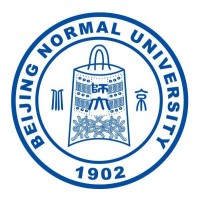Coupling of Bifunctional CoMn-Layered Double Hydroxide@Graphitic C3 N4 Nanohybrids towards Efficient Photoelectrochemical Overall Water Splitting
2018
期刊
Chemistry - An Asian Journal
作者
Muhammad Arif
· Ghulam Yasin
· Muhammad Shakeel
· Xiaoyu Fang
· Rui Gao
· Shengfu Ji
· Dongpeng Yan
- 卷 13
- 期 8
- 页码 1045-1052
- Wiley
- ISSN: 1861-4728
- DOI: 10.1002/asia.201800016
